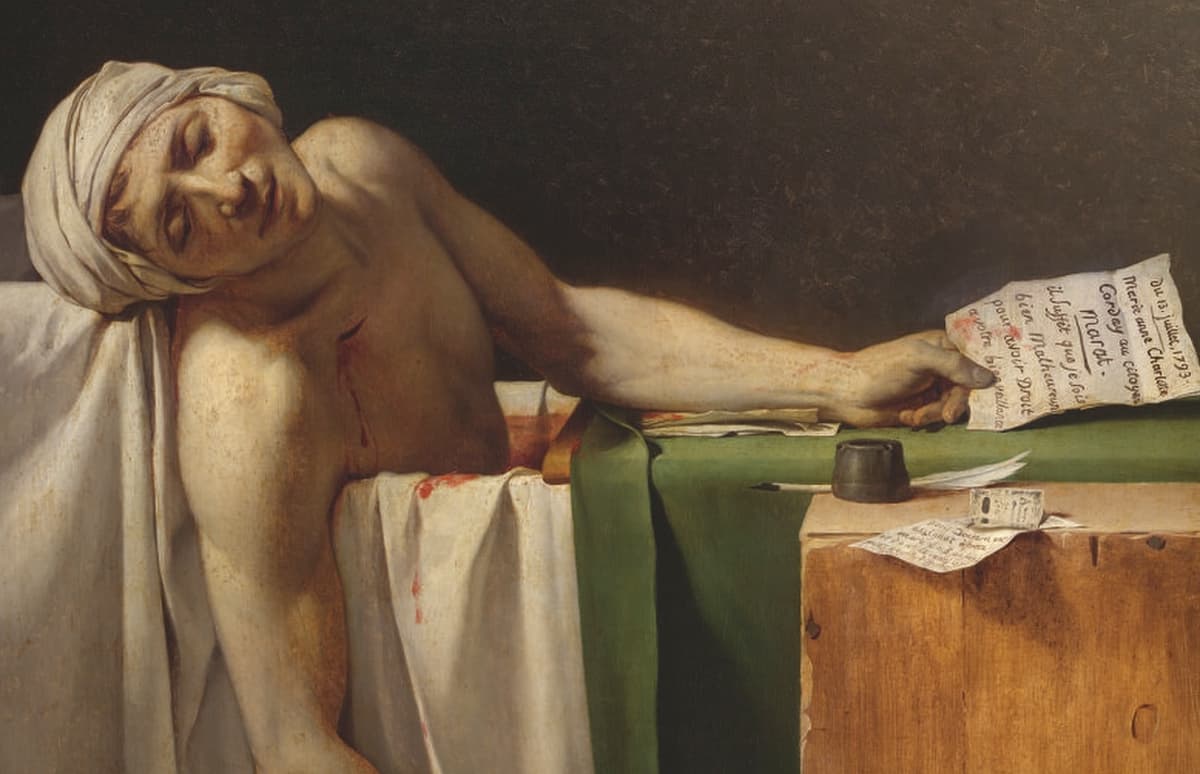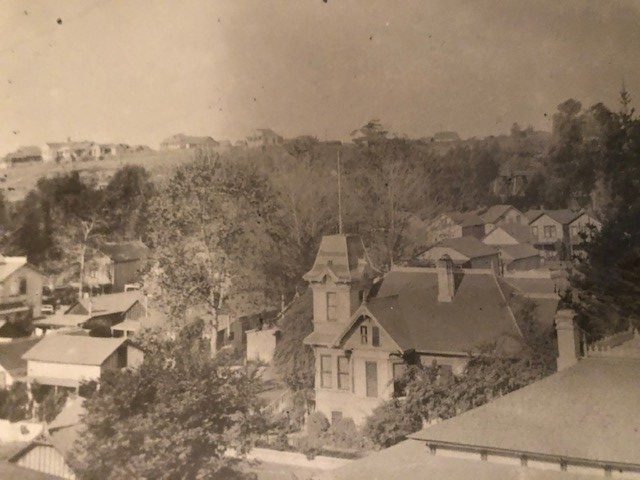The Louvre in Paris has launched a major exhibition titled “Jacques-Louis David”, showcasing the works of the renowned French painter. This comes shortly after a significant jewel heist that resulted in the theft of items valued between “inestimable” and €88 million. As the museum grapples with the aftermath of the incident, it has shifted focus to celebrate the artistic legacy of David, a pivotal figure during the French Revolution.
The heist, which has captured headlines across the globe, involved the theft of priceless jewels. Authorities have detained two suspects, and the stolen items are now secured in a high-security vault at the Bank of France. This vault, known as the Souterraine, also protects important artifacts, including Leonardo da Vinci’s notebooks and significant gold reserves of the Fifth Republic.
David, who lived from 1748 to 1825, is celebrated for his dynamic portrayals of French history, from the ancien régime to the tumultuous times of the Revolution. His ability to navigate the political landscape of his era while creating influential art solidifies his status as a key figure in French culture. The Louvre’s exhibition draws on David’s time at France’s Royal Academy, which was located in what is now part of the museum.
Among the highlights of the exhibition are David’s masterpieces, showcasing his unique style that marries classical themes with emotional depth. Works such as “The Death of Socrates” and “The Oath of the Horatii” illustrate his mastery in conveying human emotion through rigorously composed scenes. The museum emphasizes that David’s paintings are “more intensely charged with feeling than is belied by their extreme rigour.”
David’s involvement in the political upheaval of his time adds a layer of complexity to his artistic narrative. A product of privilege, he became a close friend of Maximilien Robespierre, a key figure in the Revolution. David’s art served as both documentation and propaganda, capturing the essence of revolutionary fervor, particularly through his chilling portrayal of the murdered revolutionary Jean-Paul Marat in “The Death of Marat.” This painting not only memorializes Marat but also evokes religious imagery, echoing themes of martyrdom.
The exhibition also features a fragment of David’s unfinished work, “The Tennis Court Oath,” which reflects the fervor of democratic ideals emerging in France. The anonymous figures in the piece suggest a sense of urgency and transformation, aligning with the revolutionary spirit of the time.
As the Revolution progressed, David’s fortunes fluctuated alongside the political tides. He transitioned from a supporter of Robespierre to a favored artist of Napoleon Bonaparte, whose rise marked a new era in French history. David’s depiction of Napoleon, particularly in “Napoleon Crossing the Alps,” captures the essence of a leader poised for conquest, while “The Emperor Napoleon in His Study at the Tuileries” illustrates his role as a statesman.
The exhibition also includes “The Coronation of Napoleon,” a monumental work that encapsulates the grandeur of Napoleon’s ascent to power. This iconic painting is displayed just a short distance from the exhibition’s main hall, allowing visitors to draw connections between David’s artistic evolution and the turbulent history he documented.
Through the lens of David’s life and work, the Louvre not only pays homage to one of France’s most significant artists but also highlights the museum’s resilience in the face of adversity. As it recovers from the recent heist, the Louvre reaffirms its commitment to celebrating the cultural heritage that defines France’s artistic legacy.
By showcasing the depth and complexity of Jacques-Louis David’s contributions, the Louvre invites visitors to reflect on the interplay between art and history, and the enduring impact of a painter who navigated the turbulent waters of his time with remarkable skill.






